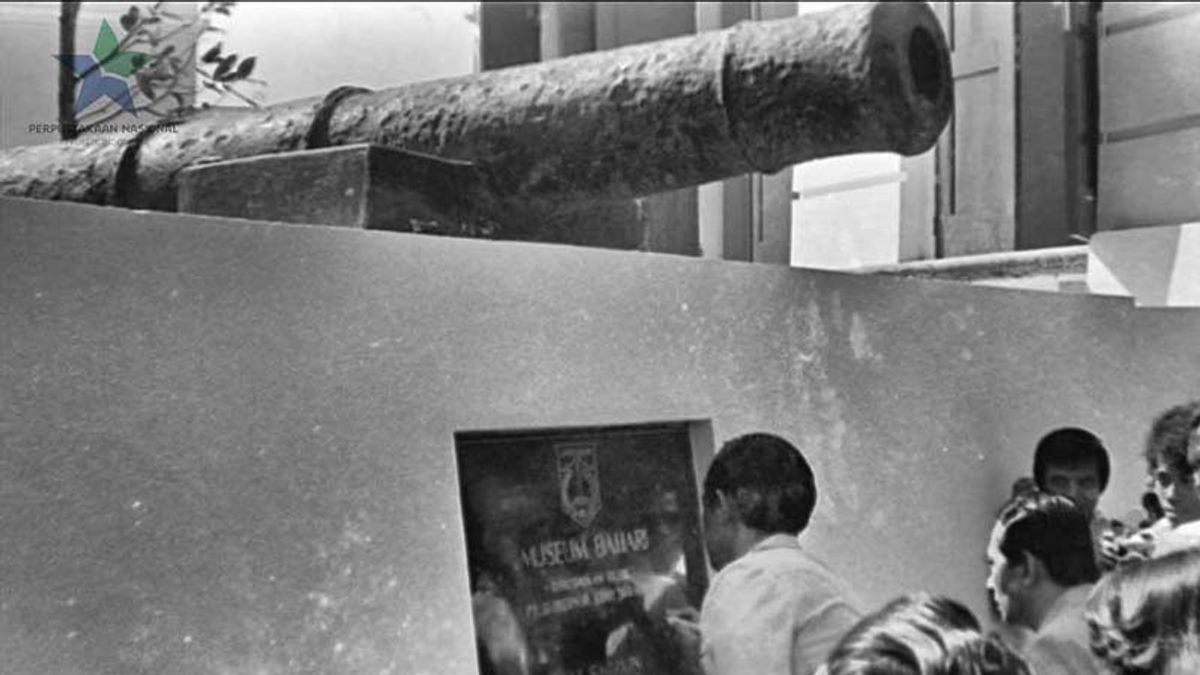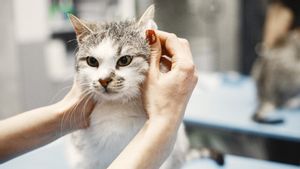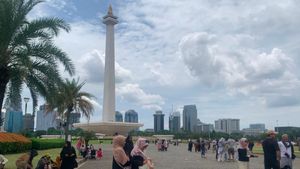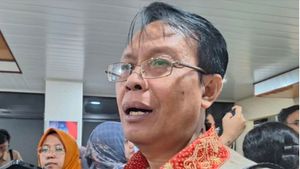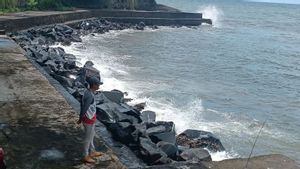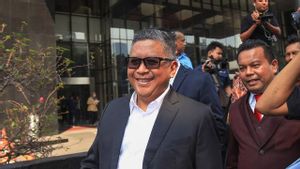JAKARTA - Firm and stubborn. That's Ali Sadikin. Both of his characters actually became powerful weapons to beautify Jakarta. He is able to stand up for all groups. Everything he thought as Governor of DKI Jakarta. From economic improvement to the fate of its citizens.
He also made many innovations. Ali Sadikin's courage gave the status of the cultural heritage area to Kota Tua, for example. Many new museums were established. Therefore, Kota Tua lasts forever as the center of Jakarta's history.
Bung Karno often interferes in determining the holder of the throne of the Governor of DKI Jakarta. He did not want Jakarta to fall into the wrong hands. Various figures are often recommended and chosen. Many of them failed to satisfy Bung Karno's desires.
The option to replace the leader of Jakarta klembali was rolled out in 1966. Soekarno wants a different figure than usual. If necessary, the figure is a little stubborn. The pinnacle of being loved by scholars arrives. Ali Sadikin appears as the first choice. Bung Karno believes that Ali Sadikin can turn Jakarta into a metropolitan city.

Bung Karno's intuition is not wrong. Even though Soekarnoka is still in office, Ali Sadikin continues to carry out Bung Karno's ideas and ideas in building Jakarta. Soekarno's many dreams are realized by him even with controversial steps (legalizing gambling and prostitution). From the establishment of a series of monuments to recreation centers in north Jakarta.
Not only that, Ali Sadikin led Jakarta responsibly. The man who is familiarly called Bang Ali is able to put the interests of the citizens above all else. Things that other leaders rarely do.
Moreover, Ali Sadikin often goes directly to the field to find out in detail the problems of his citizens. It is this series of observations that make him able to produce effective policies.
Luckily or not, for 46 months since Sadikin became governor in April 1966, he has advanced the spirit and revived Jakarta's body. the people worship him as Bang Ali. The governor's colleagues imitated his unusual procedures, and the delegates of neighboring countries came to study him. Overseas journalists visit more and more often, and come to meet Ali Sadikin.
He started by studying his duties; for six months of hard work. My weight fell 15 pounds and lack of sleep, said Ali. He explored Jakarta alone and incognito, day and night, was rained and scorching in the sun, between tens of thousands of roadside traders, illegal occupants, and beggars," wrote the Ramon Magsaysay Award (1958-1971) review as compiled by Bang Ali in the book Ali Sadikin Menggusur dan Membangun (1977).
Ali Sadikin Initiates Revitalization of Kota Tua
Salutation for Bang Ali came. Especially when Bang Ali decided to preserve the Kota Tua. The task is not an easy thing. Previously, it had been around for more than 30 years since the Kota Tua was abandoned. Meanwhile, its revitalization efforts have never been echoed.
Bang Ali felt challenged. He considers the old buildings in Kota Tua to have an important meaning in the nation's history. He also broke down the historical stiffness that the colonial building was not worth remembering. He chose to revitalize Kota Tua.
Governor's Decree Number 11 of 1972 is proof of his seriousness. Bang Ali designated the Kota Tua area of Jakarta as a cultural heritage area. Therefore, Taman Fatahillah, Fish Market, and Glodok were also designated as a zone for vaccination. All of that "in Ali Sadikin" the ongoing pandemic of national civilization.
He also acted far ahead. The buildings in Kota Tua will soon be revitalized. He built a variety of facilities. Especially the museum. These include the Jakarta History Museum (former: former Batavia City Hall), Museum of Arts and Keramic (former: former Dutch court), Museum of Maritime Affairs (former: former Dutch spice warehouse building), and the Wayang Museum (former: the location of the former Dutch Church).

Ali Sadikin then promoted the excavation, maintenance, and relics of the nation's wealth in the past. All of them tried to be introduced by Ali Sadikin through the museum. Ali Sadikin's vision paid off. Kota Tua became crowded.
Visitors to Kota Tua are also inundated. They get two advantages at once: education and recreation. In fact, the revitalization of Kota Tua at that time was not optimal.
Recognizing the importance of the role of the museum, the DKI Jakarta Regional Government established various kinds of Jakarta History Museums, Rupa Art Museums, HB Jassin Sastra Documentation Sastra Museum, Wayang Museum, Textile Museum. At the end of my position, the Bahari Museum began to be pioneered. Until 1976, there were seven museums managed by the DKI Jakarta Regional Government.
Besides that, there are museums that have been established and managed by other government agencies, such as the Center Museum, Sasmita Loka Museum, Museum A. Yani, ABRI History Museum (Satria Mandala), Museum of Buaya Lobang, and National Monument Museum. At the end of my position I was initiated by an effort to establish a Maritime Museum, Prasadi Museum, and various other museums," explained Ali Sadikin in the book Bang Ali: Demi Jakarta 1966-1977 (1992).
The English, Chinese, Japanese, Arabic, and French versions are automatically generated by the AI. So there may still be inaccuracies in translating, please always see Indonesian as our main language. (system supported by DigitalSiber.id)
